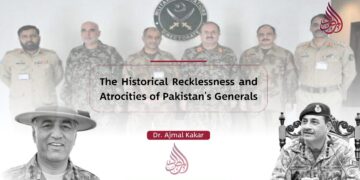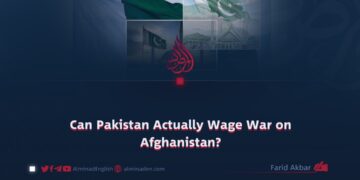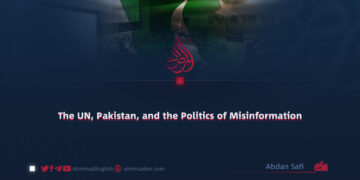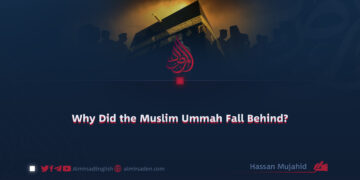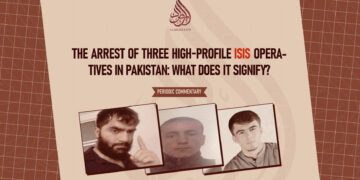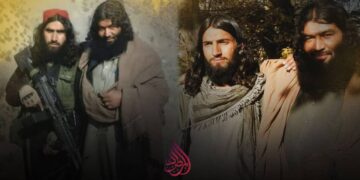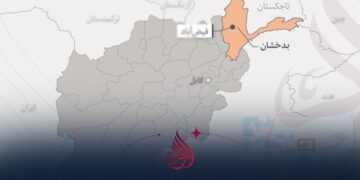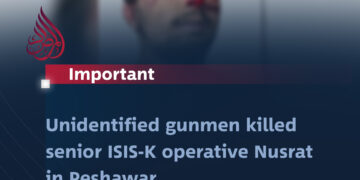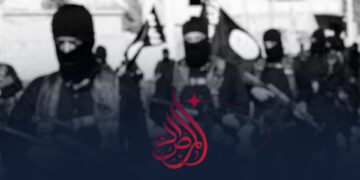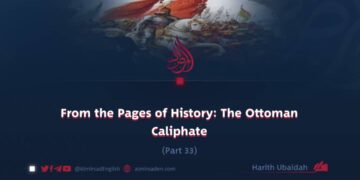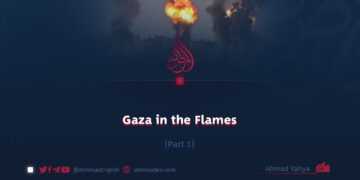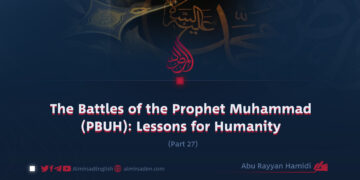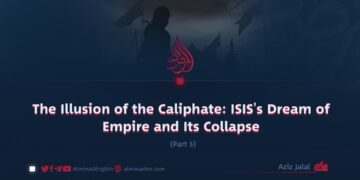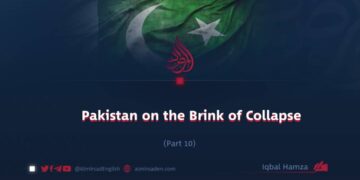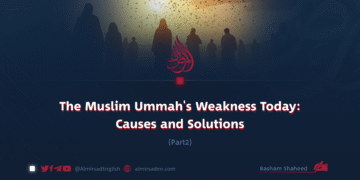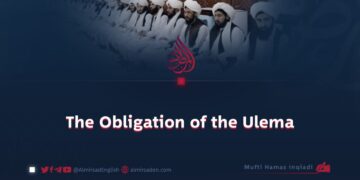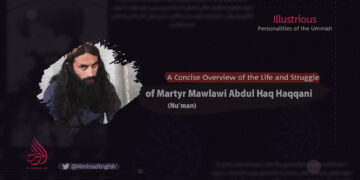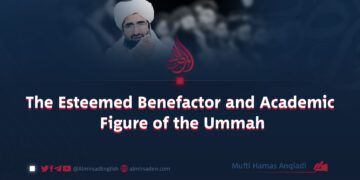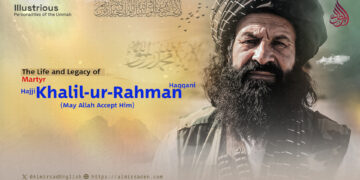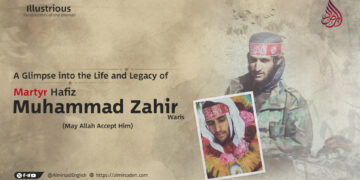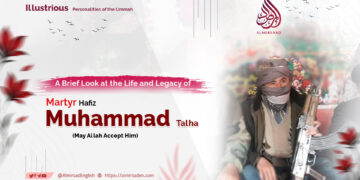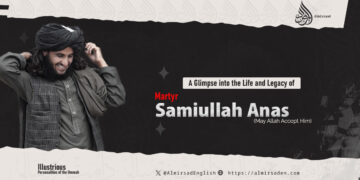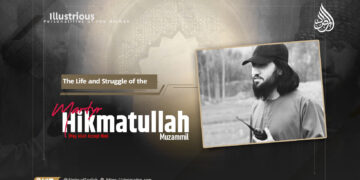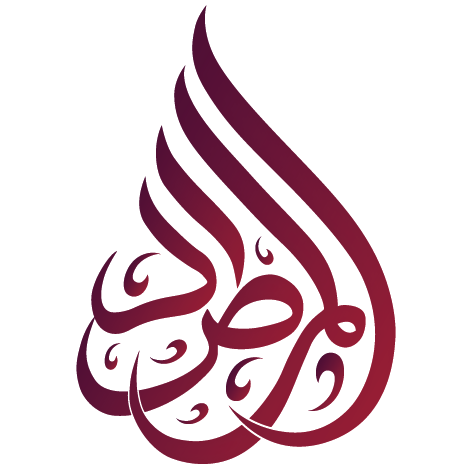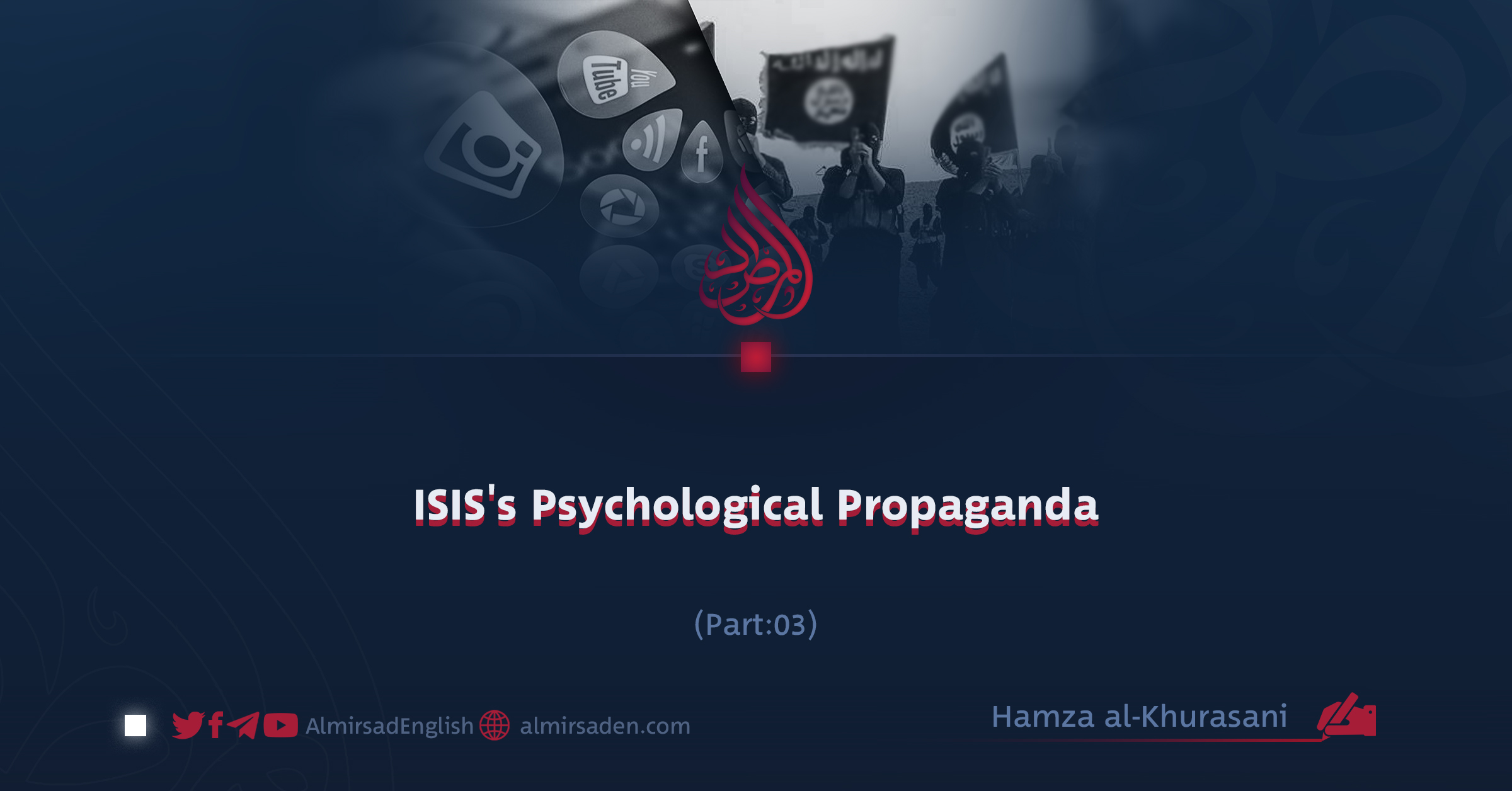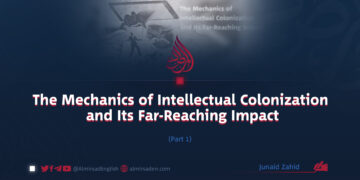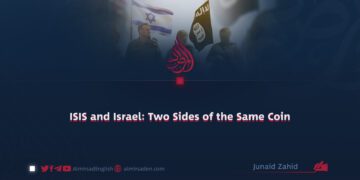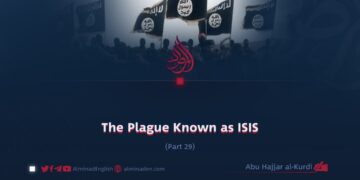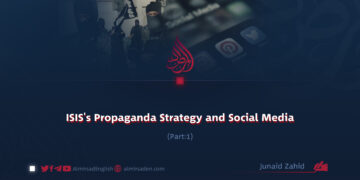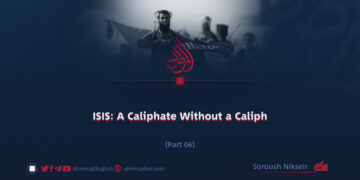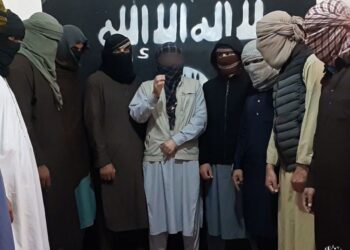Part 3
Hamza al-Khurasani
A Linguistic and Visual Analysis of Propaganda Messages
The extremist group ISIS, though rooted in a rigid and antiquated ideology, skillfully exploited modern communication technologies to spread fear and expand its reach. Rather than relying solely on violence, ISIS developed a sophisticated propaganda machine that blended language, cinematic techniques, and psychological manipulation. A close analysis of its media output reveals not only the strategic depth of its messaging but also a chilling level of professional execution.
Between 2014 and 2015, ISIS produced around 845 audiovisual campaigns. These productions were anything but spontaneous. On many occasions, multiple carefully crafted messages were released within the same day. By leveraging an acute understanding of branding, media dynamics, and mass communication, ISIS turned propaganda into a weapon as lethal as any firearm. Its manipulation of language and imagery reflected a disturbing fusion of corrupted religious symbolism with modern methods of persuasion.
In their videos, every visual detail, from the colors of clothing to the angles of the camera, was purposefully selected to reinforce specific narratives. The black flag, omnipresent in their imagery, was not merely a religious symbol. It was a deliberate emblem of fear and identity. ISIS understood that visual cues, particularly color, can convey powerful messages even before a single word is spoken.
The group’s media frequently portrayed psychological dominance through carefully staged body language. Executioners appeared calm and in control, while their victims were shown as fearful and submissive. This stark contrast was designed to project overwhelming strength. The audio, often a mix of religious chants and martial sound effects, heightened the atmosphere of terror. These were not aesthetic choices. They were deliberate tools of psychological warfare.
ISIS also subverted artistic techniques for ideological purposes. In the film Flames of War, for instance, high-definition visuals and slow-motion effects were employed not to enhance storytelling but to glorify violence and idealize life under their so-called caliphate. These productions were not simple recordings of violence. They were meticulously designed displays of power intended to mesmerize, recruit, and indoctrinate.
Verbal Engineering: The Strategic Use of Language
Equally disturbing was ISIS’s calculated use of language. The group constructed a unique lexicon, frequently invoking terms such as “Caliphate,” “Hijrah,” and “Muhajir” (emigrant) to frame a binary worldview. One was either with them or against them. Repeated use of collective pronouns like “we” fostered a false sense of unity and belonging, which proved particularly appealing to vulnerable or alienated youth.
Their written narratives often paired opposing terms such as “life” and “death” to imply that true life could only be achieved through death. This distortion of Islamic concepts was a deliberate attempt to sanctify violence and normalize death.
Magazines like Dabiq and Rumiyah, produced in multiple languages, mimicked the design and tone of Western journalism. High production values and polished language gave these publications an air of credibility, allowing ISIS to present global events through a militant lens. By selectively invoking Islamic terminology and emotionally resonant themes, such as the longing for Paradise, ISIS constructed an illusion of religious legitimacy. This blurring of lines between piety and extremism was especially effective among those lacking strong religious or ideological grounding.
Shifting Boundaries: The Overton Window in Action
One of ISIS’s most unsettling tactics was its manipulation of the Overton Window, which refers to the spectrum of ideas considered acceptable in public discourse. The group gradually shifted this window by incrementally increasing the brutality of its content. Beginning with the execution of enemy soldiers, moving to prisoners, and eventually civilians, ISIS desensitized viewers and normalized extreme violence.
Digital Warfare: Turning Social Media into a Weapon
ISIS’s digital campaign was both aggressive and methodical. At its peak, the group operated as many as 46,000 Twitter accounts daily. Of these, between 500 and 2,000 accounts were responsible for publishing between 545 and 2,000 pieces of content each day. The content was designed for mass replication, quickly reappearing under new usernames and accounts even after takedowns. This saturation strategy created a self-sustaining echo chamber that kept ISIS propaganda circulating without the group needing to repost it directly.
Their digital apparatus was highly adaptive. ISIS operatives adjusted rapidly to content moderation efforts, switching platforms and disguising materials to avoid detection. The group’s online operations were as resilient as they were sophisticated.
Conclusion: A Cautionary Tale for the Digital Era
ISIS’s propaganda campaign demonstrated that the group was far more than just a militant force. It represented a disturbing experiment in psychological warfare, waged with the tools of modern technology. Through calculated use of language, imagery, and digital strategy, ISIS fought not just on battlefields but in the hearts and minds of individuals across the globe.
This legacy serves as a stark warning. In an age where nearly everyone has access to a smartphone, extremist narratives can spread with unprecedented speed and reach. Today, a viral video may inflict more damage than a conventional weapon. The fight for influence in the digital realm is no less important than the physical struggle on the ground.
ISIS’s psychological operations have redefined modern conflict. The internet is now a primary battleground in the ideological wars of our time. Combating this threat demands vigilance, media literacy, and a clear understanding of how extremist groups exploit the very tools designed to connect and enlighten us.

